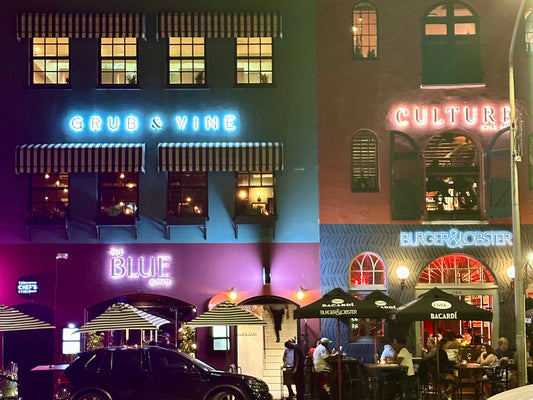| ‘Vintage’ and ‘port’ are two words that resonate in every wine lover’s mind, just as, perhaps, ‘classed’ and ‘growth’ do for every fan of Bordeaux. They conjure up wines that will vary from year to year, but both are terroir treats worth waiting for.
One of the first bottles of serious wine that I bought was a 1881 Morgan Brothers Vintage Port (since you ask, £4 from Sotheby’s). I opened it at exactly 100 years old on Christmas Day 1981. It taught me one helluva lot about wine. The more ancient the wine, the shorter the lifespan in the glass – about 20 minutes in this case. Good wine never goes off; it just fades away like your favourite grandmother. In this case, the pure exhilaration of touching, tasting and enjoying such a piece of art created during Queen Victoria’s reign, in another era, was short-lived but sublime.
On a more practical note, yes, you have to crack through the wax capsule, yes, you have to decant, and yes, you need to let the wine breathe before indulging. It does not really matter when you open the bottle. But it matters that you let air get to the wine, principally to wake it up, so decanting really does serve a purpose apart from ensuring the sediment does not go into your glass.
The good news is that since around 2000, producers have been able to gauge when the tannins are at their peak ripeness. For centuries before this, grapes were picked more randomly, with unripened tannins, hence when tasting the young 1963s, for example, the ‘best’ wines were considered the ones that were the most raw-tasting and teeth blackening. They needed age to mature. Nowadays, vintage ports really can be drunk and enjoyed much earlier. And still last the course.
Older vintage years, such as 1963, 1966 and 1994 seem to mature in waves, so test them out and when you find a good one, surf the vintage…
A tip I have given friends over many years is this. At the start of your dinner party, give your friends a sip of the vintage port that you will be serving them later. Interrupt the champagne, or sherry, and proffer them a taste. They will be delighted. It’s far better that they sample this nectar when they are (relatively) sober, rather than at the end of the dinner, when tasting capacity maybe a little blurred… It will also ensure that they look forward to their new friend, rather than declining a joyous new acquaintance when the time comes.
Vintners’ Scholar Ben Howkins has been involved with wine all his life. A former member of the Royal Household Wine Committee and a WSET trustee, he has a deep knowledge of port and sherry built up over many years, and writes about his favourite wines with a lively enthusiasm tinged with humour.
If you want to learn more about vintage ports, check out Port Vintages by J D A Wiseman. It's available to pre-order at academieduvinlibrary.com.
| 


